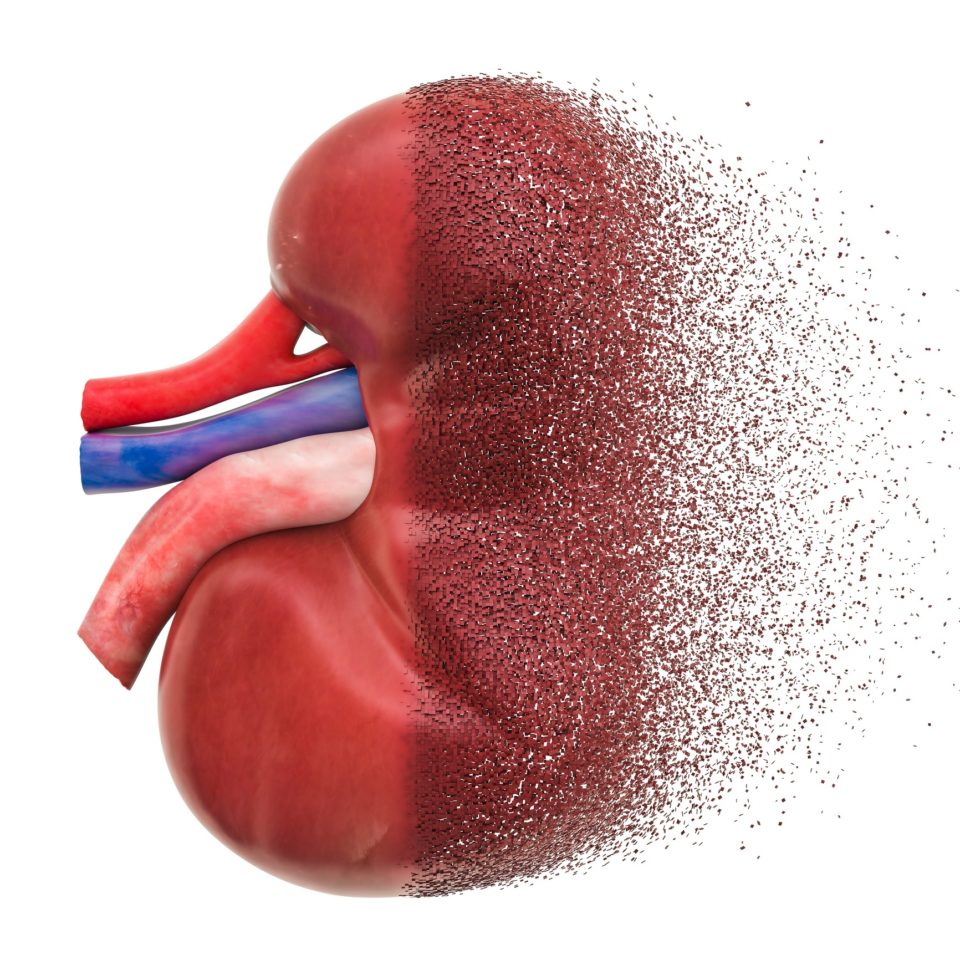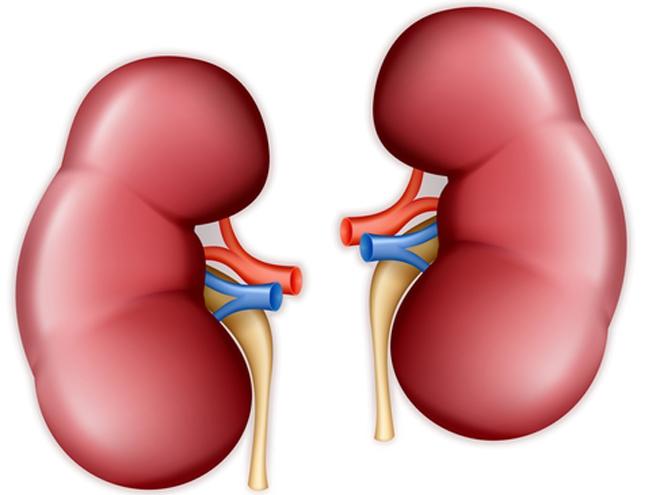
The most common inherited chronic kidney disease (CKD) is autosomal dominant polycystic kidney disease (ADPKD). Patients with ADPKD commonly progress to kidney failure.
Levels of the phosphaturic hormone fibroblast growth factor 23 (FGF23) are disproportionately high among patients with ADPKD for their CKD stage. However, according to Laixi Xue, MD, and colleagues, only a subgroup of patients develop kidney phosphate wasting. Kidney phosphate wasting is considered a marker for tubular dysfunction.
The researchers conducted an analysis to test the hypothesis that phosphate wasting is associated with worse kidney outcomes in patients with ADPKD. Results were reported during a poster session at the American Society of Nephrology Kidney Week 2022 in a poster titled Kidney Phosphate Wasting Predicts Worse Outcomes in Patients With Polycystic Kidney Disease.
The analysis included data on 670 patients with ADPKD from the DIPAK observational cohort with serial measurements of kidney function (estimated glomerular filtration rate [eGFR]) and magnetic resonance imaging-based total kidney volume (TKV). Serum c-terminal FGF23 levels were measured at baseline. The Bijvoet formula was used to calculate the ratio of tubular maximum reabsorption rate of phosphate to GFR (TmP/GFR). Kidney phosphate wasting was defined as TmP/GFR ≤0.8 mmol/L.
Linear mixed models and Cox regression analysis models were used to examine the association of TmP/GFR ratios with eGFR decline over time and the hazard ratios for the composite kidney outcome of >40% decline in eGFR, incidence of kidney failure, or initiation of kidney replacement therapy.
The cohort with measured phosphate excretion included 604 patients. Mean age was 48 years, 39% were male, and mean eGFR was 63 mL/min/1.73 m2. Mean TmP/GFR was 0.76 mmol/L, and mean FGF23 was 121 RU/mL. Kidney phosphate wasting was observed in 59% of the cohort (n=357). There were independent associations between TmP/GFR and male sex, eGFR, and FGF23 (P<.05 for all).
During follow-up of 3 years, 145 kidney outcomes were observed. Following adjustment for risk factors for decline in kidney function (sex, genotype, and TKV), every 0.1 mmol/L decrease in TmP/GFR was associated with a steeper eGFR decline of 0.15 mL/min/1.73 m2 per year (P=.01) and 1.17 times higher risk of the composite kidney outcome (95% CI, 1.04-1.31; P=.007). There were no associations between FGF23 or hypophosphatemia and the composite kidney outcome.
“In patients with ADPKD, phosphate wasting is highly prevalent and is independently associated with an increased risk for disease progress,” the researchers said. “This effect was not mediated by FGF23 or serum phosphate levels. Our results suggest that TmP/GFR adds to the current prognostic models for ADPKD.”
Source: Xue L, Meijer E, De Borst MH, et al. Kidney phosphate wasting predicts worse outcomes in patients with polycystic kidney disease. TH-PO382. Abstract of a poster presented at the American Society of Nephrology Kidney Week 2022; November 3, 2022; Orlando, Florida.






 © 2025 Mashup Media, LLC, a Formedics Property. All Rights Reserved.
© 2025 Mashup Media, LLC, a Formedics Property. All Rights Reserved.